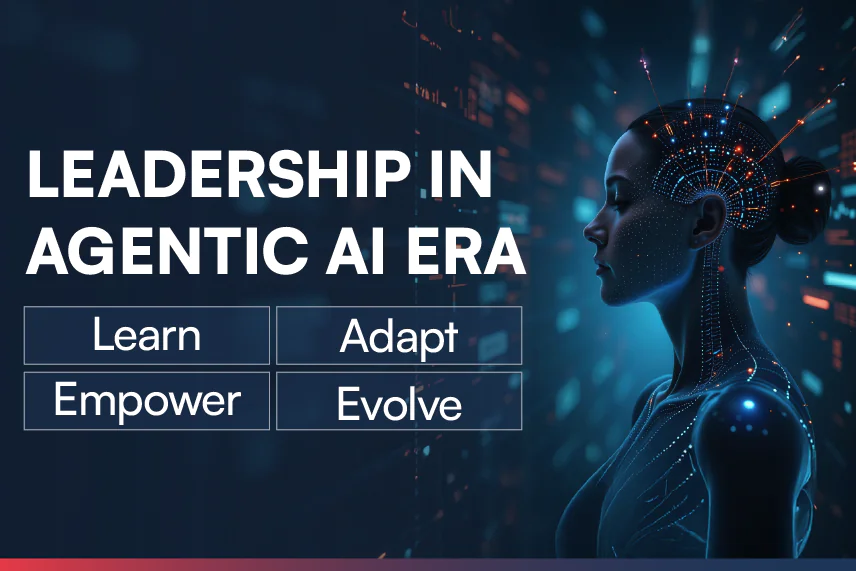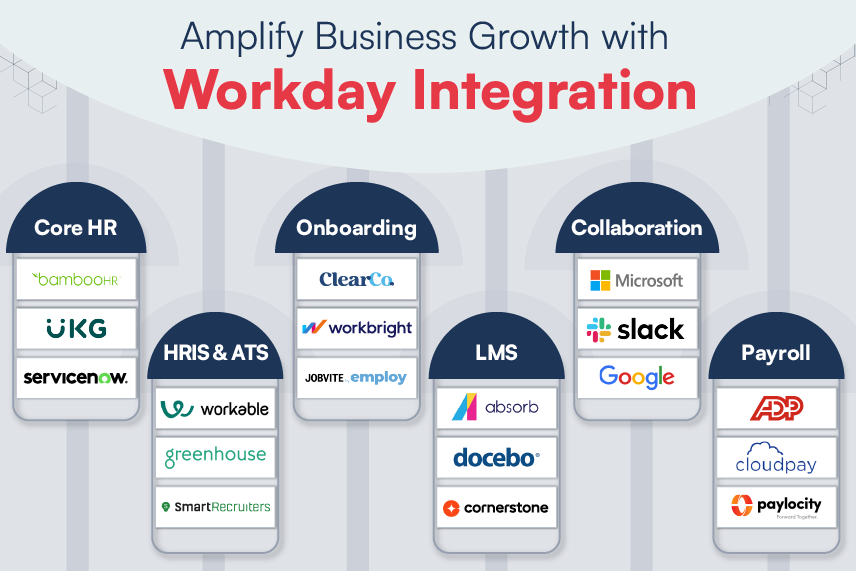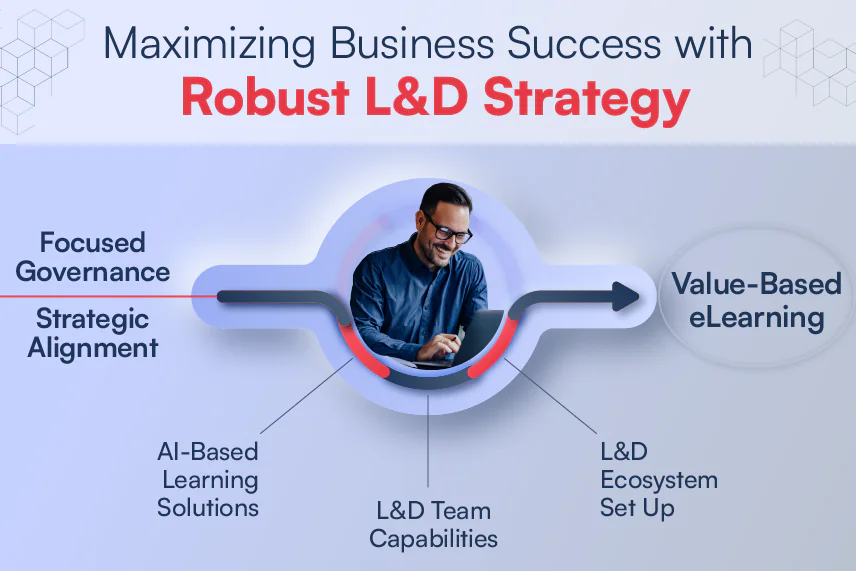
The prioritization of Generative AI capabilities within product roadmaps has become a critical goal of independent software vendors and technology product companies today. One of the reasons is that it positions software products for long-term success in a digital-first world where AI-driven solutions are increasingly becoming the norm.
Prioritizing Generative AI capabilities is not just about adopting the latest Generative AI trends to supercharge your product roadmap.
It is also about leveraging Generative AI to deliver tangible benefits such as enhanced user experiences, competitive advantages, operational efficiencies, innovation, scalability, and cost savings. This translates into significant product success leading to improved business outcomes.
Recently, Harbinger Group released the second episode of its webinar series ‘The Tech CXO Roundtable’ organized in association with WorkTech Advisory. In this episode, industry experts shared game-changing insights on how to prioritize Generative AI capabilities within a product roadmap.
The informative webinar featured an expert panel consisting of Meg Bear, Ex-President, SAP SuccessFactors and Board Director, Heidrick & Struggles and Greg Barnett, Ph.D., Senior Director – Product Management, Energage. On the other hand, Marilyn Pearson Hendricks, CEO and Managing Partner, WorkTech Advisory and Shrikant Pattathil, President and Chief Technology Officer, Harbinger Group hosted the webinar.
Prioritization of Generative AI Capabilities: 8 Steps to Follow
Prioritizing Generative AI capabilities within a product roadmap involves several key steps to ensure alignment with strategic goals and effective implementation. Here’s a structured approach to prioritize Generative AI capabilities:
1. Understanding Strategic Objectives
Business Goals: Identify how Generative AI capabilities align with your company’s broader strategic objectives. For example, are you aiming to enhance user engagement, improve operational efficiency, or create personalized experiences?
Market Needs: Assess market demands and trends related to AI. Understand what competitors are doing and where AI can give you a competitive edge.
2. Evaluating Impact and Feasibility
Impact Assessment: Evaluate how each Generative AI capability can impact your product. Consider factors such as potential revenue growth, user satisfaction, and operational efficiency gains.
Technical Feasibility: Consider assessing the technical feasibility of implementing each capability. Consider factors like data availability, model complexity, and integration requirements.
3. User and Stakeholder Input
User Needs: Gather insights from user feedback and market research. Identify which Generative AI capabilities are most likely to meet user needs and expectations.
Stakeholder Alignment: Ensure alignment with stakeholders across different departments (product, engineering, marketing). Get buy-in from key decision-makers.
4. Prioritization Frameworks
Impact vs. Effort Matrix: Plot each Generative AI capability on a matrix based on its potential impact and the effort required for implementation. Prioritize capabilities that offer high impact with reasonable effort.
Cost-Benefit Analysis: Estimate the costs associated with implementing each capability against the expected benefits (e.g., revenue increase, cost savings). Focus on capabilities with a favorable cost-benefit ratio.
5. Iterative Roadmap Development
Short-term vs. Long-term: Divide Generative AI capabilities into short-term and long-term priorities based on strategic urgency and implementation complexity.
Iterative Approach: Develop a roadmap that allows for iterative improvements and adjustments based on feedback, technological advancements, and market changes.
6. Risk Assessment and Mitigation
Risk Analysis: Identify potential risks associated with implementing Generative AI capabilities (e.g., data privacy concerns, model accuracy issues). Develop mitigation strategies to address these risks.
Pilot Testing: Consider piloting select capabilities to validate assumptions and mitigate implementation risks before full-scale deployment.
7. Resource Allocation and Timeline
Resource Allocation: Allocate necessary resources (budget, personnel, data infrastructure) for developing and deploying Generative AI capabilities.
Timeline: Develop a realistic timeline for each capability based on its complexity and dependencies. Coordinate with other product development initiatives.
8. Monitoring and Feedback Loops
Performance Metrics: Define key performance indicators to monitor the effectiveness of Generative AI capabilities post-implementation.
Feedback Loops: Establish mechanisms to gather user feedback and iterate on capabilities to improve performance and user satisfaction.
Expert Tips to Prioritize Generative AI Capabilities

Experts recommend thinking more in terms of a product portfolio when looking to prioritize Generative AI capabilities within your product roadmap. Next, you need to act on this prioritization quickly to gain a competitive edge.
It is important to accelerate learning about Generative AI capabilities, trends, and best practices specific to your product and business objectives throughout the journey and how you can best use them within your product roadmap. At the same time, you need to build the velocity internally and the ability to execute, so that you can effectively enable the prioritization of Generative capabilities.
On the other hand, you need to understand your sustained competitive advantage and sustained competitive moat and identify areas where you can gain them. In addition, you need to think about providing long-term sustainable value to your customers. This is where the significance of capturing the right data comes into play, with an intention of offering more value-added benefits over time.
The intention should be to provide your customers with a new ability to compete more effectively, whether in terms of efficiency, acceleration, driving more revenue, or improving business outcomes.
All of this is crucial to learn:
- How to build a successful product armed with Generative AI
- How to get this product to the market
- How to realize customer value
- How the product is being used by end customers
- How all these activities fold back into your product roadmap
Parting Thought
Integrating Generative AI capabilities into your product roadmap necessitates a strategic approach that balances innovation with practical implementation. By understanding your specific business goals, leveraging the right technologies, you can harness the power of Generative AI to drive transformative outcomes for your organization.
Remember, continuous learning and adaptation are key in this rapidly evolving field, ensuring your products not only meet current demands but are also built for future trends. Embrace the possibilities of Generative AI and pave the way for product success, enhanced user experiences, and sustainable business growth in your industry. Connect with our technology experts at contact@harbingergroup.com to discuss your Generative AI needs and how you can integrate this technology into your product roadmap.






